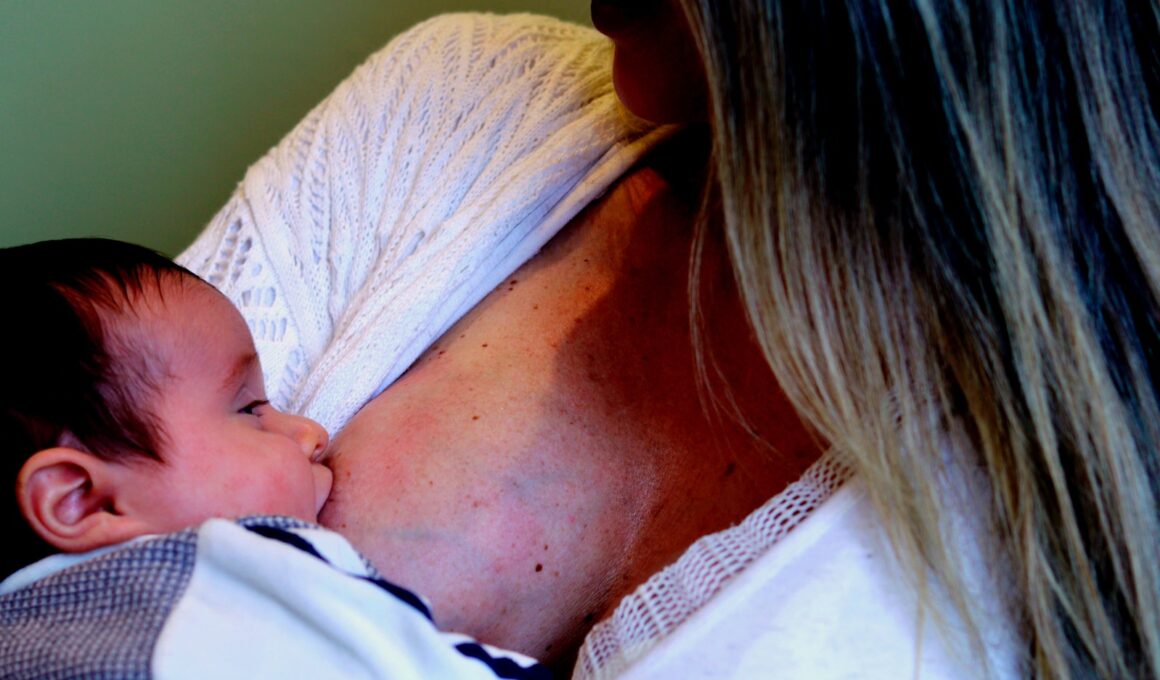Many women choose to stop breastfeeding for various reasons. It can take time for your body to get the message that it no longer needs to make breast milk.
Taking steps to dry up your breasts can help speed up the process. Some common methods include sage tea, avoiding nursing and pumping, and using cold compresses and cabbage leaves to relieve pain and engorgement.
How long does it take for boobs to dry up?
As soon as your baby is born, prolactin levels surge and send the message to start producing lots of breast milk. After a few weeks of breastfeeding or pumping, your supply may start to decrease. If you decide to formula feed, stop breastfeeding for any reason, or just want to try and dry up your breasts before you start weaning down the line, it can be a bit confusing trying to figure out what steps to take. There are several natural and medication-based techniques that you can try, but how long it takes for your boobs to dry up will vary depending on how much you were producing, how you are trying to suppress your supply, and other hormone factors.
How long does it take for boobs to dry up naturally?
Whether you’re breastfeeding, pumping, or doing a combination of both, it takes time for your prolactin levels to drop and your milk to dry up. This isn’t something that happens overnight and it can take a few weeks for most women before their supply decreases significantly. This process is called weaning and it can be done naturally over many months or even years.
In addition to natural weaning, there are also medications that can be used to reduce or stop breast milk production. These include estrogen, bromocriptine (Parlodel), and cabergoline (Cabergopine). However, these medications can have serious side effects so they should only be used under a doctor’s supervision.
Some natural remedies have been shown to help dry up breast milk and relieve engorgement, including sage, peppermint oil, and cabbage leaves. These can be applied directly to the breasts or mixed with a tea and drunk several times a day. A lactation consultant can also be a great resource for advice about how to dry up your milk and how to relieve painful symptoms, such as plugged ducts.
How long does it take for boobs to dry up with medication?
Whether you’re just getting ready to stop breastfeeding or pumping, or you’re already past the year mark and still have milk, there are both natural and medication-based techniques that can help dry up your supply. But keep in mind, the amount of time it takes for your boobs to dry up depends on a variety of factors including how long you’ve been breastfeeding or pumping and your hormone levels (1).
After you give birth, your body experiences a big surge in prolactin (the hormone that signals your breasts to make milk). As you begin formula feeding and stop nursing or pumping, the prolactin levels drop, and milk production stops. But it can take weeks, or even months, for your nipples to fully dry up.
Over-the-counter pain relievers and antacids can help ease the discomfort of engorgement. But if these don’t work, talk to your doctor or lactation consultant about other medications and herbs that can dry up your milk. Bromocriptine (Parlodel) and cabergoline are two prescription medications that reduce prolactin levels and decrease breast milk production (2). But Hafken warns that they’re rarely used anymore because of the risk for health problems like maternal stroke and psychosis.
How long does it take for boobs to dry up with pumping?
It takes time for a woman’s milk to dry up after breastfeeding or pumping, and it can be uncomfortable. Many lactation experts recommend taking steps to reduce discomfort, such as using ice packs or a cold cabbage leaf in the bra to decrease engorgement pain. You can also take an over-the-counter pain reliever such as ibuprofen or antihistamines to ease weaning-related breast tenderness. Some experts believe herbal teas, such as chamomile or sage, can also help reduce milk supply.
It’s important not to stop breastfeeding or pumping too quickly, however. Doing so can increase your risk of a plugged milk duct, which can lead to a painful condition called mastitis. Instead, it’s best to gradually cut down on breastfeeding or pumping sessions to encourage your body to slow down production.
You can try expressing just enough to relieve the feeling of engorgement, but be careful not to empty your breasts completely. Expressing too much milk sends a signal to your body that you’re still nursing, which can prolong the weaning process.
Some people’s breasts dry up in a few days, while others continue to express a little milk months after stopping nursing or pumping. Ultimately, it’s up to you and your doctor to decide the best way to wean. But these expert tips can make the process a little easier.





